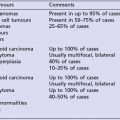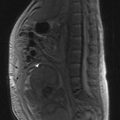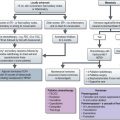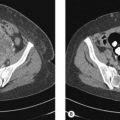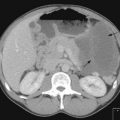2 Principles of surgical oncology
Diagnosis and staging
Staging
Various surgical procedures such as endoscopy and staging laparotomy aid in defining the extent of disease as well as obtaining histological confirmation of metastatic disease. These are covered in detail for specific malignancies. One example is the use of laparoscopy as an adjunct to detect small peritoneal and liver metastases reduces the number of ‘open and close’ laparotomies by less than 5% in stomach cancer.
